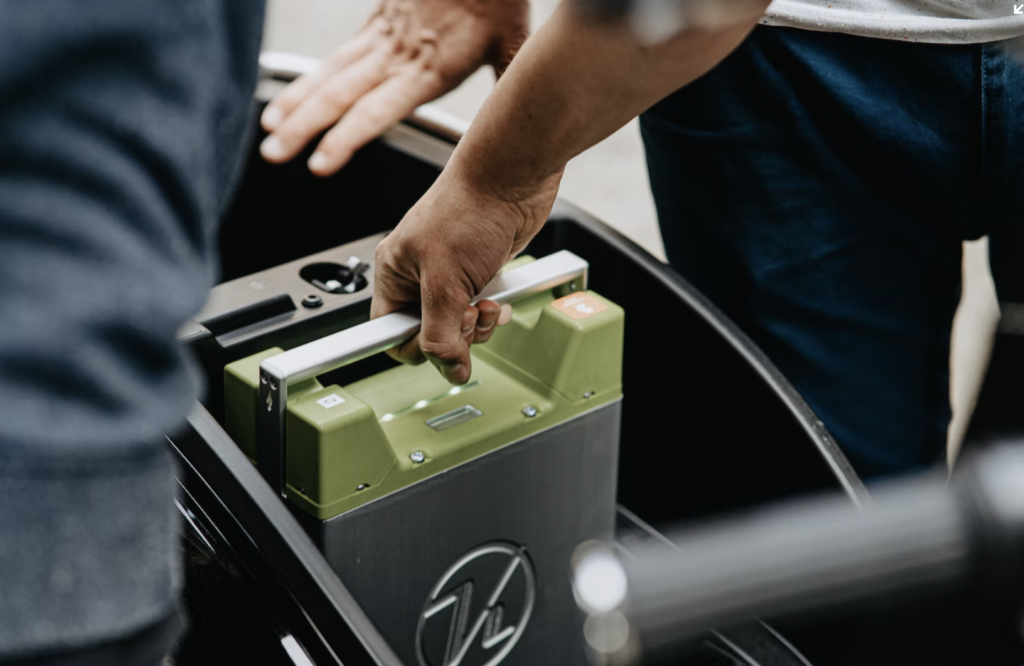How A Single Tesla Battery Caused An Entire California County To Shelter In Place
A Tesla Megapack battery that caught fire prompted the issuance of a shelter-in-place order for residents of Monterrey County, California after toxic smoke began to billow out over the region.
This article is more than 2 years old
A Tesla battery has caused an entire county in California to have to shelter in place. The battery, known as a Megapack, caught fire at a Monterrey County PG&E facility. Toxic smoke billowed from the source of the fire and wafted out to the surrounding area, prompting officials to warn residents to stay put inside their homes in order to avoid accidental inhalation.
Tesla Megapacks are substantial lithium-ion batteries. They are used primarily to support overwhelmed power grids in the state. They are exceedingly effective at what they do, but as was recently demonstrated, they pose hazards should they catch fire.
The lithium-ion component inside the Tesla Megapacks becomes a source of toxicity when on fire. The toxins that are generated then spew outwards in the smoke that the fire produces. Since Tesla Megapacks are so large, the toxic smoke that can be emitted from the burning battery is more highly concentrated, posing a greater risk to public health and safety.
County officials in Monterrey have been taking steps to inform residents about the Tesla Megapack fire and how to protect themselves from inadvertently inhaling the toxic smoke. Individuals are being instructed to shut all of their doors and windows as well as turn or close off any ventilation systems. Road closures have also been put into effect in order to keep any unwitting residents away from areas most heavily impacted by the hazardous smoke.
At this point, the fallout from the Tesla Megapack fire looks minimal. A PG&E spokesperson told Vice that there have been no incidents or injuries reported, thus far, in connection with the fire. Thankfully, when the battery caught fire it was not in use, so PG&E’s operations have not been impacted as a result.
The Tesla Megapack fire occurring in Monterrey, California is an example of the unforeseen challenges that could arise as the nation transitions to relying on more renewable sources of energy. Should lithium-ion batteries remain the standard during this transition, safeguards will need to be instituted that better protect and prepare the public to handle instances where fires with the potential to emit toxic smoke erupt.

Moreover, relying on lithium-ion batteries, like the Tesla Megapack, as an alternative source of energy poses additional risks outside of what happens if they catch fire. These risks primarily have to do with the way that lithium is mined. The mining process is disruptive and harmful to the surrounding environment and can destroy delicate ecosystems at the sites where the mining occurs.
Because the way lithium is sourced can be so harmful to the environment, it is in a way counterproductive in the world’s quest to live more sustainably. That said, research has led to the discovery of various alternatives that can be used in place of lithium. Hydrogen fuel cells and lithium-sulfur are two promising examples, still, there is still a vast amount of work to be done in order to start making use of any potential alternatives.




